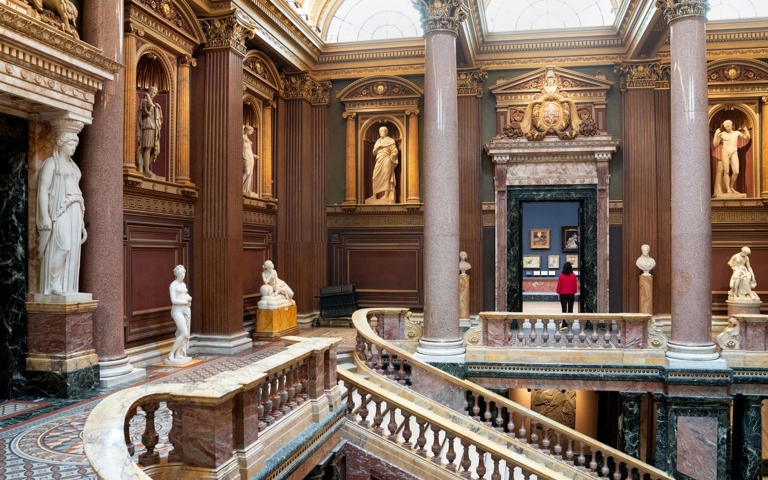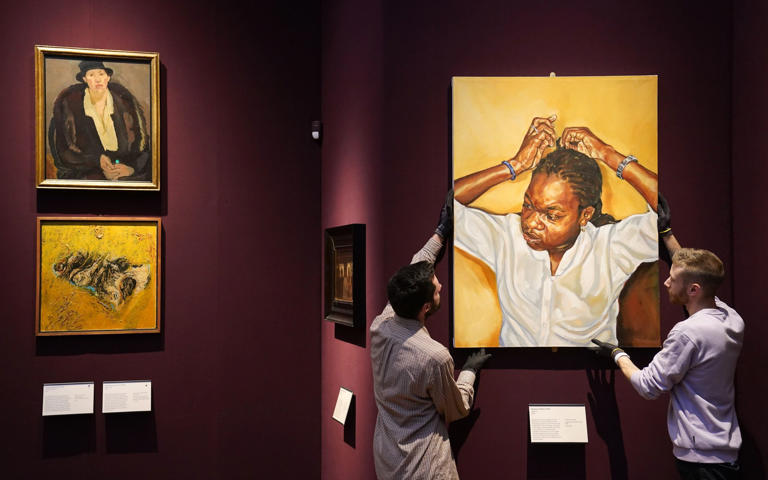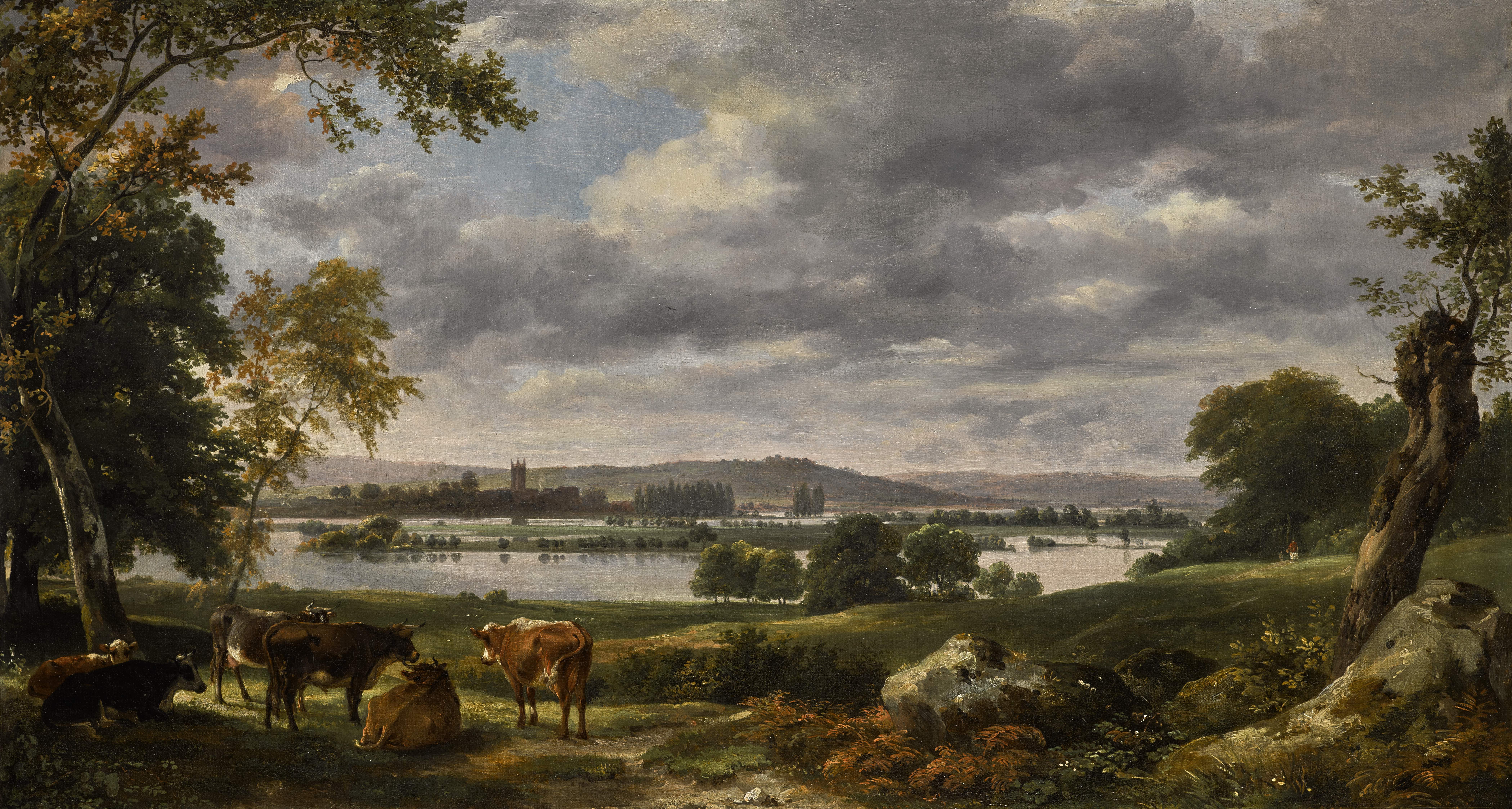In an attempt to make its artistic displays more “inclusive and representative,” England’s Fitzwilliam Museum is warning patrons that viewing paintings of the British countryside can evoke “dark,” “nationalist feelings.” The new warnings come as the Fitzwilliam Museum, owned and operated by the University of Cambridge, seeks to overhaul its exhibits in an effort it insists is not “woke.”
As reported by the UK’s The Telegraph, the museum reshuffled its art displays last week, rehanging the pieces based on theme rather than by time period. The Cambridge University main gallery has been undergoing a renovation for the last five years to reflect the “evolution of its collection.”
In the new configuration, contemporary art will be hung alongside paintings from the 1600s. One room, centered on the theme of “identity,” will feature 18th-century portraits of White Europeans next to modern works depicting figures of diverse races. Other themes include “Men Looking at Women,” “Identity,” “Migration and Movement,” and “Nature.”
“Being inclusive and representative shouldn’t be controversial; it should be enriching,” said museum director Luke Syson. “I would love to think that there’s a way of telling these larger, more inclusive histories that doesn’t feel as if it requires a push-back from those who try to suggest that any interest at all in [this work is] what would now be called ‘woke.’”
Learn the benefits of becoming a Valuetainment Member and subscribe today!
But in addition to the new arrangement of the paintings, certain works will also feature new content warnings.
Portraits of historical figures, the museum warns, “were often entangled, in complex ways, with British imperialism and the institution of transatlantic slavery.” This includes even a painting of Richard Fitzwilliam (1745-1816), the museum’s namesake.
Other portraits are referred to as “vital tools in reinforcing the social order of a white ruling class, leaving very little room for representations of people of color, the working classes or other marginalized people.”
In the museum’s Nature Gallery, artist John Constable’s paintings of the English hills are now accompanied by a sign stating that “landscape paintings were always entangled with national identity.”
“The countryside was seen as a direct link to the past, and therefore a true reflection of the essence of a nation,” it continues. “Paintings showing rolling English hills or lush French fields reinforced loyalty and pride towards a homeland. The darker side of evoking this nationalist feeling is the implication that only those with a historical tie to the land have a right to belong.”
The gallery also notes that Constable’s paintings “were not particularly well received in England during his lifetime.”
Connor Walcott is a staff writer for Valuetainment.com. Follow Connor on X and look for him on VT’s “The Unusual Suspects.”





















Add comment